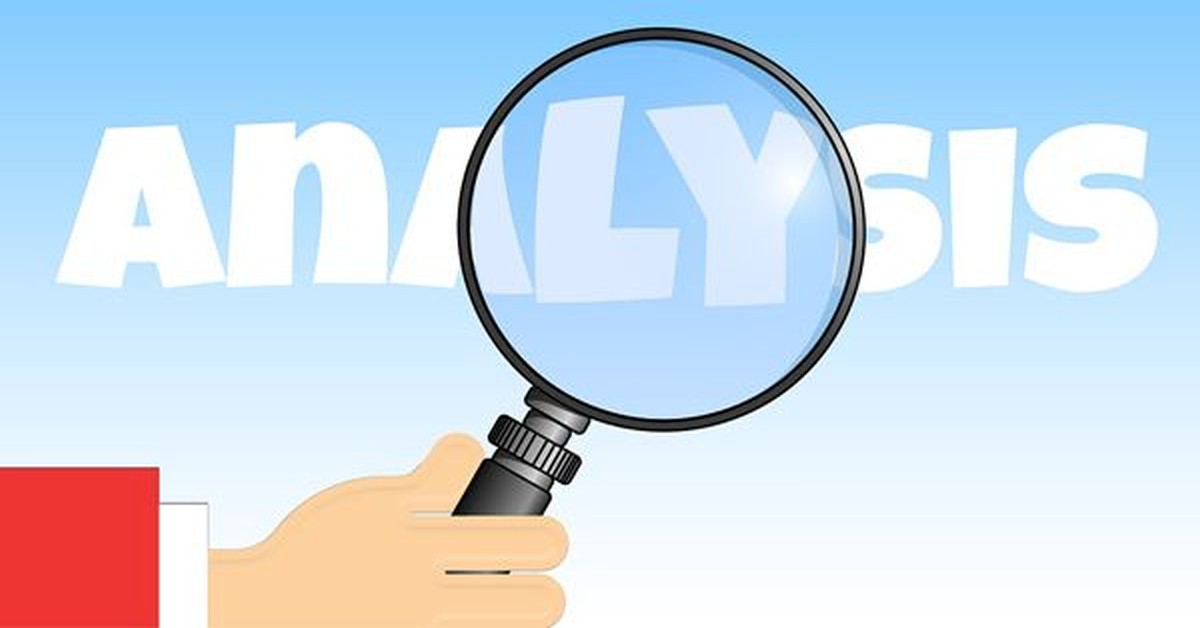The Central Board of Indirect Taxes and Customs vide notification No. 05/2019 Central Excise-NT dated 21.08.2019 notified Sabka Vishwas (Legacy Dispute Resolution) Scheme Rules, 2019. It came into force from 1st Day of September 2019. The very purpose of this rule is to reduce the litigation and give benefit to persons against whom show cause notices have been issued, appeal is pending, as per enquiry or investigation or audit amount is quantified and if there is pending arrears. This scheme is further extended for persons who want a voluntary disclosure of tax. However, it has been introduced with many riders which exclude various persons from availing benefits under this scheme. Through the course of this paper, I will attempt to highlight some relevant points of Sabka Vishwas (Legacy Dispute Resolution) Scheme Rules, 2019.

Who can apply:
Any person can avail the benefits of this scheme for any issue. The only qualifying criteria is the stage and pendency of case in terms of aforesaid rule. The meaning of 'case' under this rule is defined and it says:
- A show cause notice or one or more appeal arising out of such notice which is pending as on 30th day of June 2019.
- An enquiry or investigation or audit where the amount is quantified on or before 30th Day of June 2019.
- An amount of arrears
- A voluntary disclosure.
Benefits under the scheme:
The Sabka Vishwas (Legacy Dispute Resolution) Scheme Rules, 2019 came into effect with several benefits. The benefits of the scheme are as under:
- If case is pending in adjudication or appeal on or before 30th Day of June 2019, a relief of 70% from the duty if demand is Rs. 50 Lakh or less and 50%, if it is more than Rs. 50 Lakh.
- The relief mentioned in para (a) is also available for the cases which are under investigation and audit where the duty is quantified on or before 30th Day of June 2019.
- In case of an amount in arrears, the relief is 60% of the confirmed duty amount if the same is Rs. 50 Lakhs or less and it is 40% in other cases.
- Total waiver of interest, penalty and fine in all cases.
- Immunity from prosecution.
- In case of voluntary disclosure, the declarant will have to pay full amount of disclosed duty.
When scheme is not applicable:
There are certain situations under which this scheme is not applicable and the same is required to be described properly. The present scheme is not applicable in the following cases:
- If person is convicted for an offence.
- If application is filed before Settlement Commission.
- If declaration has been made with respect to excisable goods set forth in the fourth schedule to the Central Excise Act, 1944 (specified petroleum and tobacco products).
- If show cause notice is issued with allegation of refund/erroneous refund.
- If final hearing in adjudication or appeal has taken place on or before 30.06.2019.
- If person has already received any written communication from a Central Excise officer with regard to any audit to be conducted. Such cases will not fall under voluntary disclosure category.
- If person is subjected to any enquiry or investigation by way of search of premises, issuance of summons, requiring the production of accounts and recording of statements, the person is ineligible to proceed under the voluntary disclosure category.
- If return filed showing the amount of duty to be payable but not having paid, the person is ineligible to proceed further under the voluntary disclosure category.
- If tax dues with regard to enquiry, investigation or audit have not been quantified on or before 30.06.2019, the person is ineligible to proceed under the investigation, enquiry or audit category.
- The Customs Act, 1962 is excluded from this scheme.
Procedure for filing declaration:
The notification dated 21.08.2019 also prescribed procedure for filing of the declaration and availing of the benefit. The declaration shall be filed electronically at http://cbic-gst.gov.in in form SVLDRS-1 by the declarant. A separate declaration is required to be filed in each case. The declaration shall be verified by the designated committee except in the case of voluntary disclosure. The designated committee, within period of sixty days from the date of receipt of declaration, shall issue statement of amount payable in form SVLDRS-3. If amount is exceeding the estimate declared by the declarant, then committee shall issue electronically estimate of amount payable in the form SVLDRS-2. However, if the declarant wants to indicate agreement or disagreement or wants to make written submission or wants personal hearing can file SVLDRS-2A. Lastly, the designate committee on being satisfied that the declarant has paid in full the amount as per determination shall issue discharge certificate in form SLDRS-4.
Conclusion:
The very purpose of this scheme is to reduce the amount of litigation but riders and exclusion clause contained in this scheme exclude majority of the persons from availing the benefit. However, it may be beneficial for the persons whose tax dues are less than Rs. 50 Lakh as such people are required to pay only 30% under this scheme. But the cases in which tax dues are more than Rs.50 Lakh, the person shall be reluctant to file declaration as he has to pay 50% of tax dues.
Further, this scheme also has a cut-off date i.e. 30.06.2019 for adjudication and pendency which bars several persons to apply. It even excludes the persons whose demand is not quantified before cut-off date i.e. 30.06.2019. However, this scheme will be beneficial for those persons who want to settle their litigation, tax demand and it even gives opportunity for voluntary disclosure.





 CAclubindia
CAclubindia

